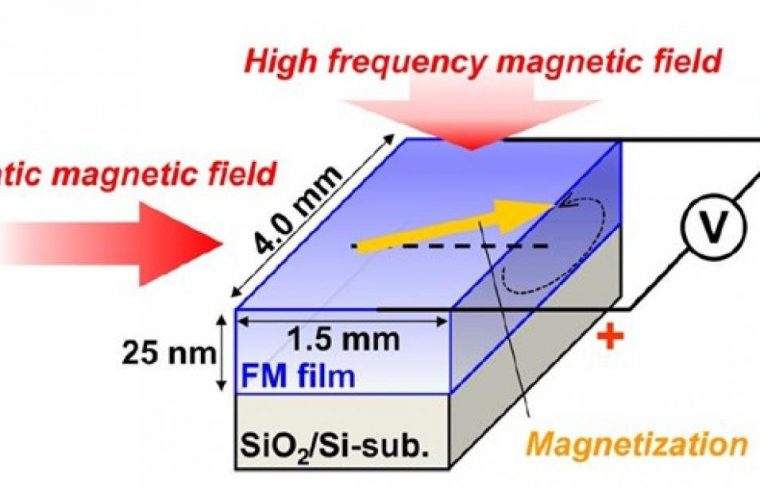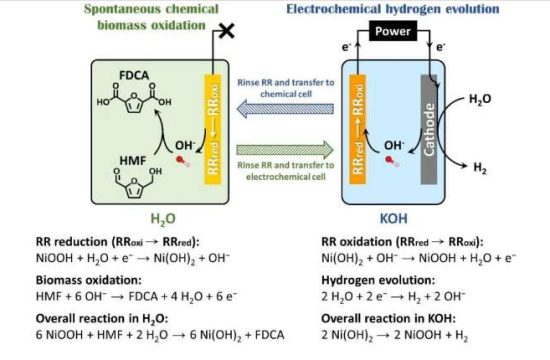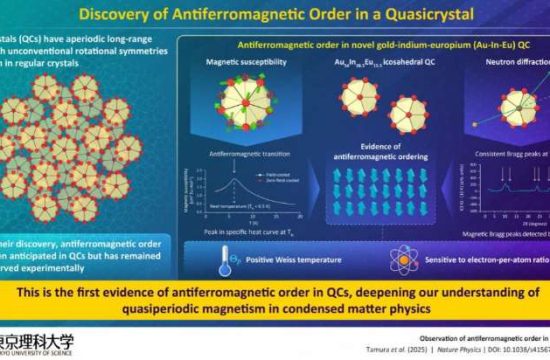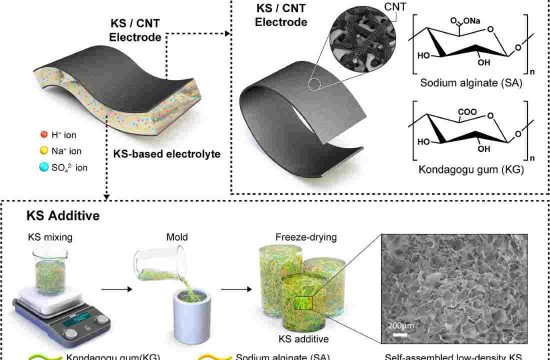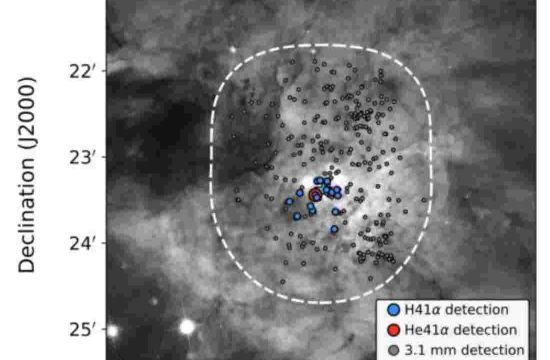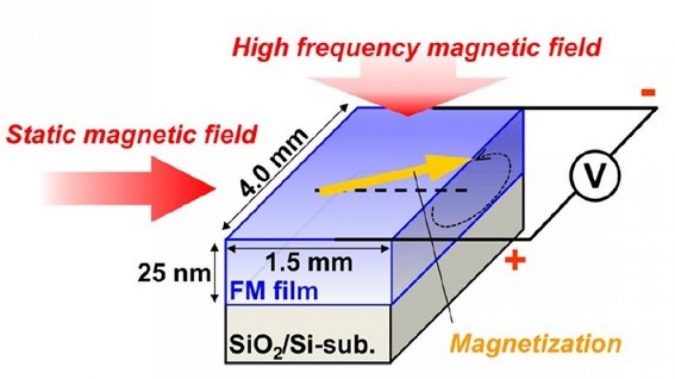
Researchers from the Graduate School of Engineering, Osaka City University have succeeded in storing electricity with the voltage generated from the conversion phenomenon of ferromagnetic resonance (FMR) using an ultra-thin magnetic film of several tens of nanometers.
The research was conducted under the leadership of Prof. Eiji Shikoh. “We are interested in efficiently using the Earth’s natural resources to harvest energy,” states the professor, “and capturing the energy from electromagnetic waves that surround us through the electromotive force (EMF) they generate in magnetic films under FMR shows potential as one such way”. Their research was published in the journal AIP Advances.
Ferromagnetic resonance is a state in which applying electromagnetic waves and an electrostatic magnetic field to a magnetic media causes the electromagnets inside the media to undergo precession at the same frequency as that of the electromagnetic waves. As a technique, it is often used to probe the magnetic properties of a variety of media, from bulk ferromagnetic materials to nano-scale magnetic thin films.
“Research has shown that an EMF is generated in a ferromagnetic metal (FM) that is under FMR,” states Yuta Nogi, first author of the study, “and we explored energy storage possibilities using two FMs that are highly durable, well understood, and thus commonly used in FMR research – an iron-nickel (Ni80Fe20) and iron-cobalt (Co50Fe50) alloy thin film.”
First, the team confirmed the two alloy films generated electricity under ferromagnetic resonance and found that Ni80Fe20 generated about 28 microvolts while Co50Fe50 generated about 6 microvolts of electricity. To store the electricity, they used an electron spin resonance device to pressurize the electromagnetic wave, and the electromagnet of the device for the static magnetic field.
Connecting a storage battery directly to the membrane of the sample via a conductor, the team observed that both FM samples successfully stored energy after being in a state of FMR for 30 minutes. However, as the resonance time extended, the amount of energy stored with the iron-nickel alloy film did not change while the iron-cobalt alloy film saw a steady increase.
“This is due to the respective magnetic field ranges for the FMR excitation,” concludes Prof. Shikoh. Upon investigating the different energy storage characteristics of the thin films, the team found when they were in the same thermal states during the experiments, Co50Fe50 could maintain FMR in a detuned condition, while Ni80Fe20 was outside the FMR excitation range. “By appropriately controlling the thermal conditions of the FM film,” continues the professor, “EMF generation under ferromagnetic resonance can be used as an energy harvesting technology.”
Another interesting point about this research is that the team focused on EMF generation itself, independent of its origin. This means that as long as the FMR conditions are met, energy can be stored from electromagnetic waves we interact with daily – for example the Wi-Fi at your favorite café.


